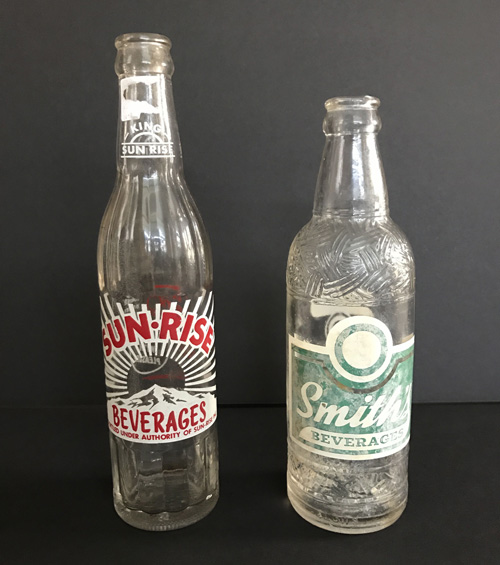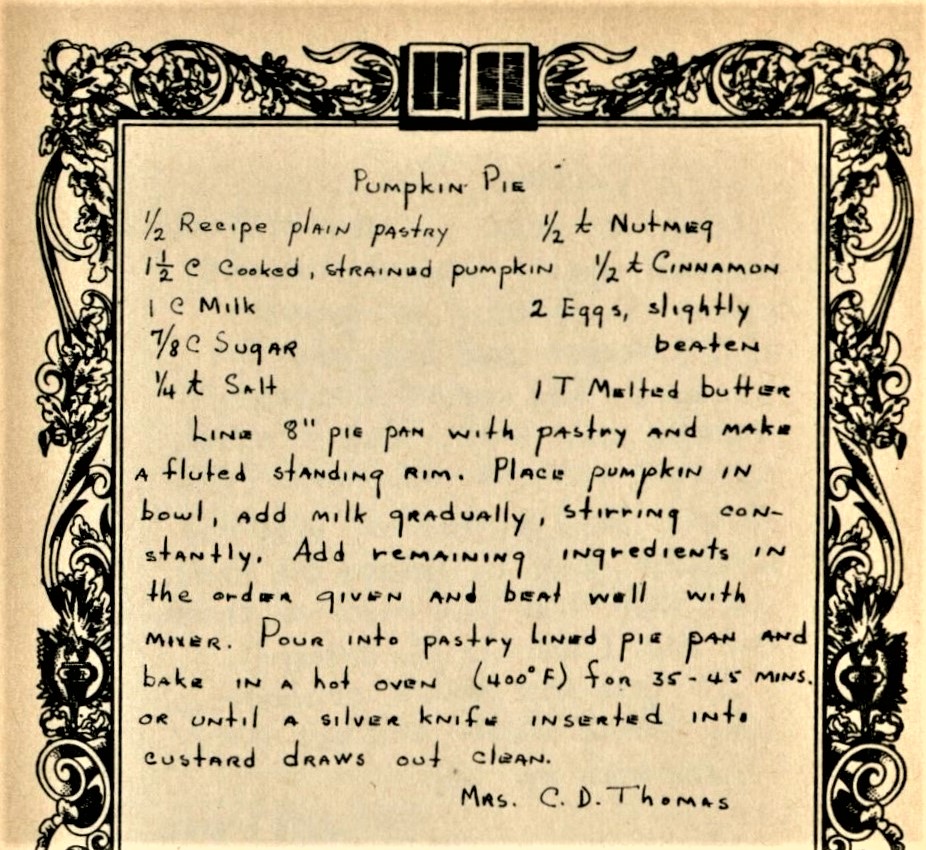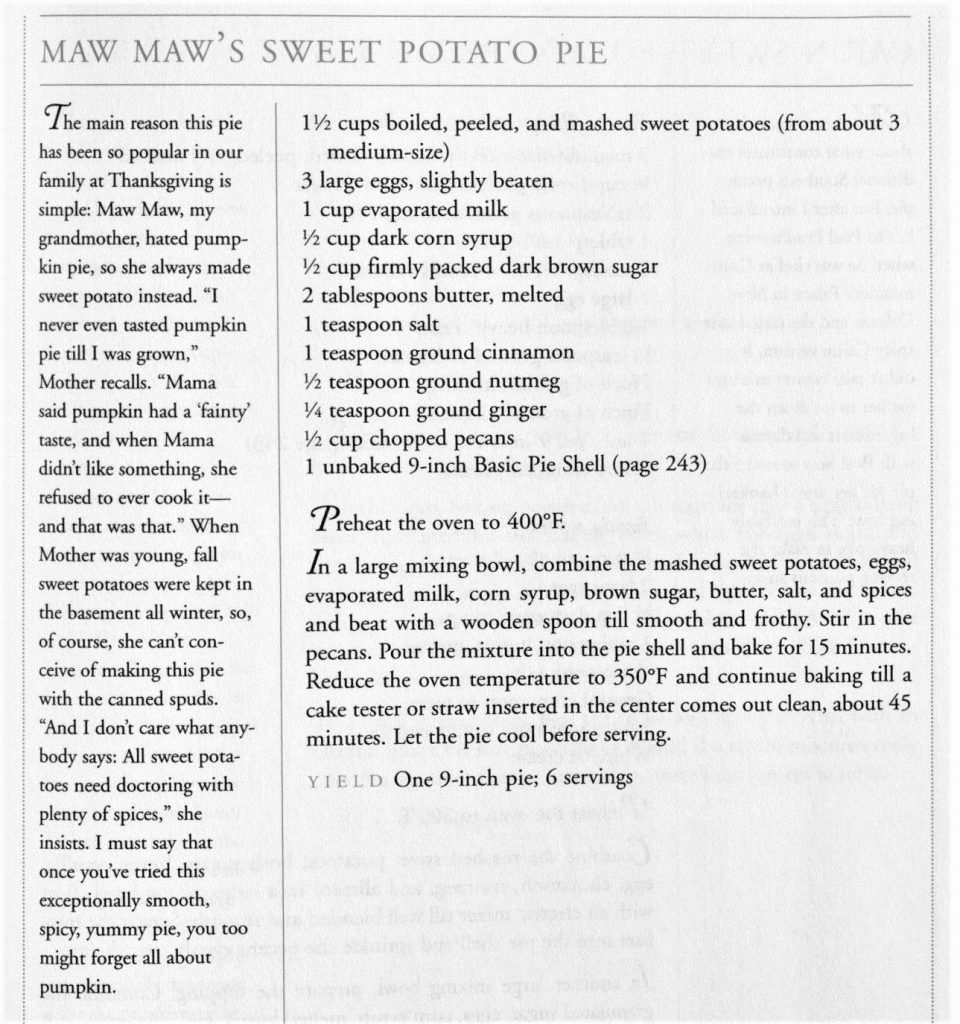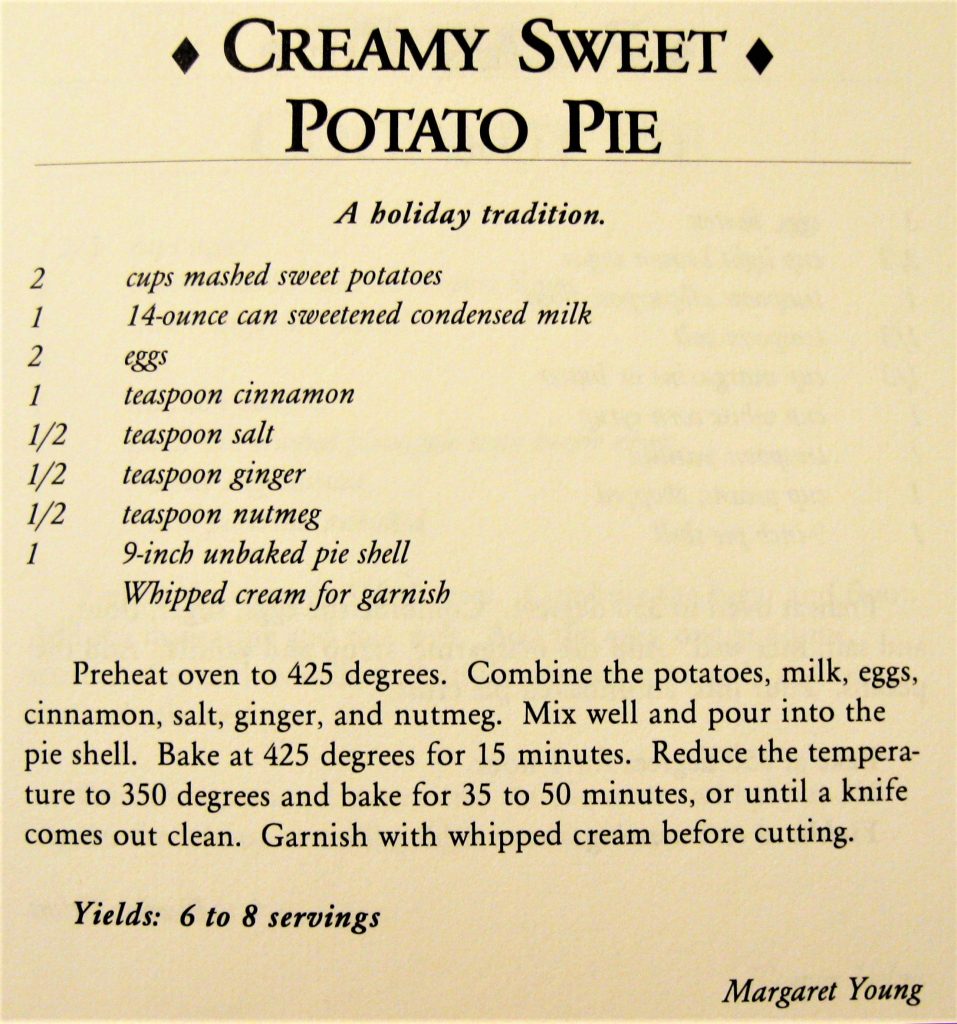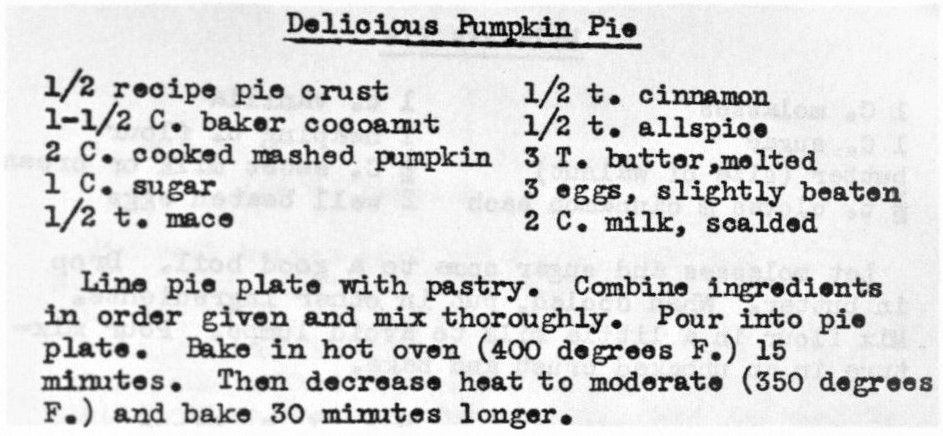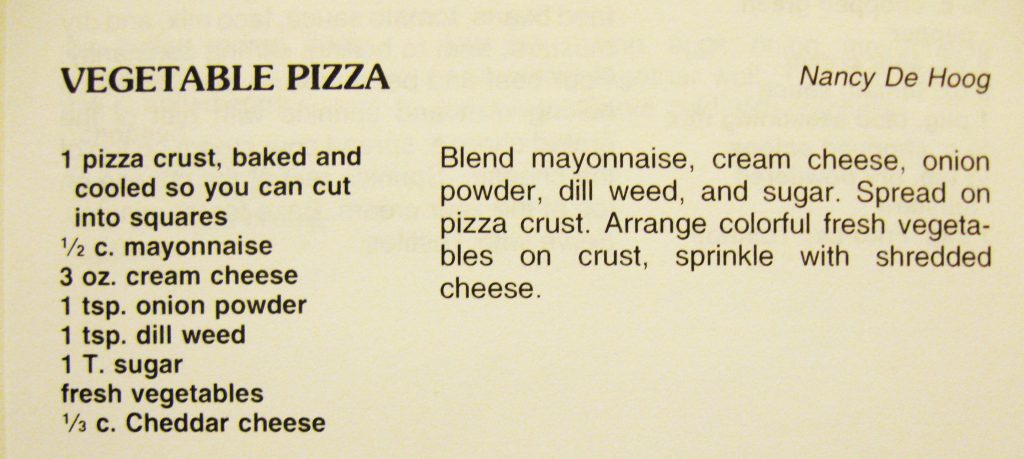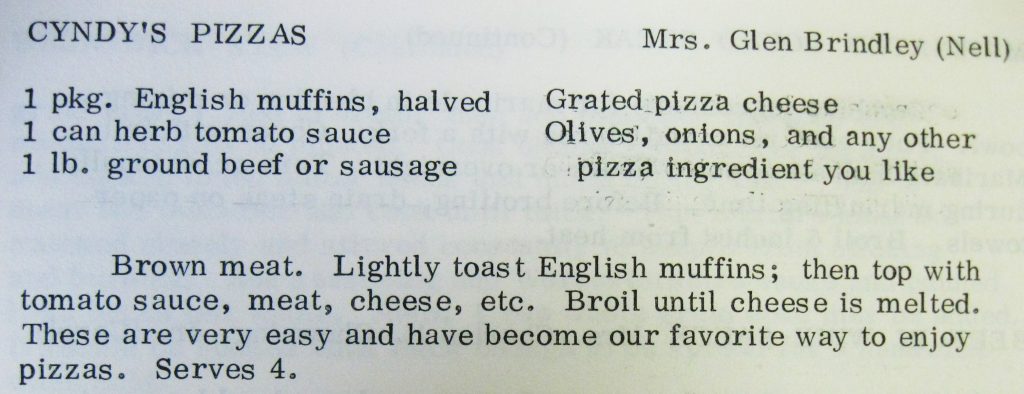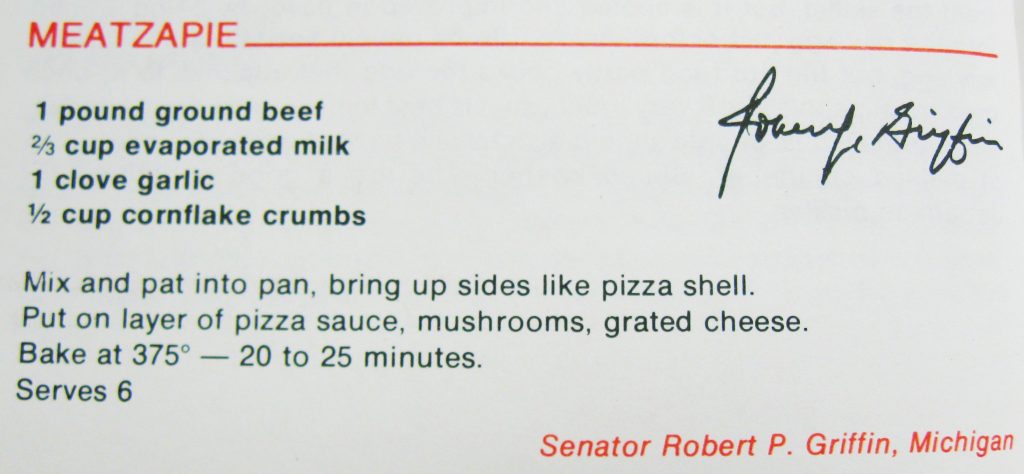Before the era of “Big Soda,” regional soft drinks occupied a greater share of retail shelves than they do today. Our November Artifacts of the Month offer a window into that time.
We found these two rather ordinary looking vintage soda bottles last year at an antique store in Burlington, N.C. These brands are no longer made but serve as a reminder of the many different carbonated beverages once sold alongside soft drink giants Pepsi and Coca-Cola. We’ll add these bottles to Gallery holdings related to North Carolina and the history of carbonated beverages.
Sun-Rise Beverages began selling soda in 1910 in North Tazewell, Virginia. The Sun-Rise line offered root beer and fruit-flavored drinks such as Black Cherry and Lemon Sour. The company was sold a number of times in the twentieth century before Coca-Cola took over bottling and distribution in the 1950s. This bottle from the 1960s or 70s comes from the Burlington, N.C. Coca-Cola bottling plant.
Our research into the story of the Smith Beverage Company has been less fruitful. The company was located in Burlington, but little information exists about it. An advertisement in the Burlington Daily-Times News of January 24, 1950 indicates that the Smith Beverage Company also distributed Cheerwine, a soft drink introduced in Salisbury by Lewis D. Peeler in 1917.
Before Cheerwine, Peeler first held a bottling franchise for a short-lived brand of soda called Mint Cola, which was headquartered in Tennessee.
Peeler developed the less sweet cherry-flavored Cheerwine in response to sugar shortages during World War I.
Do you know anything more about Smith Beverage Company in Burlington? Please tell us in the comments!

